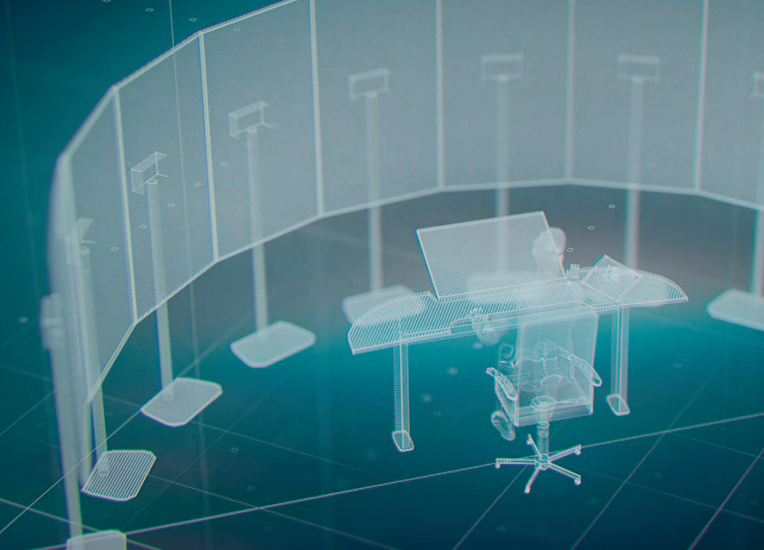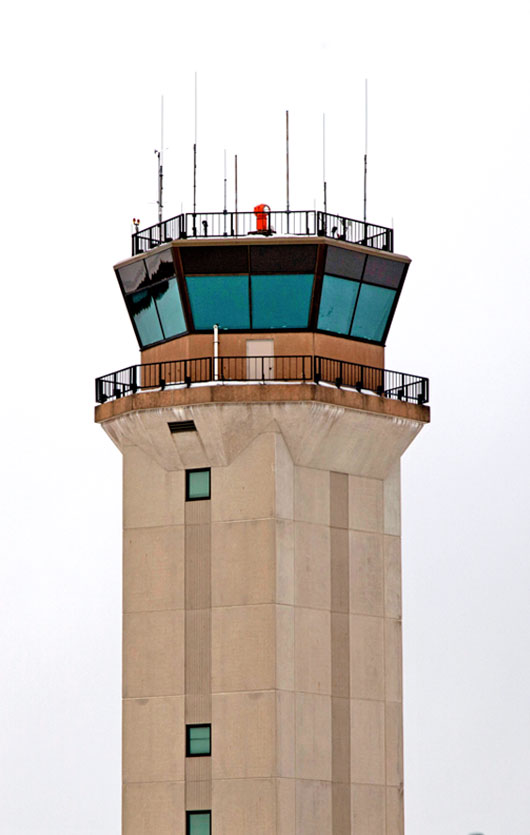

The pilot in command (PIC) may not take off or land an aircraft at an airport within a Class B airspace unless he or she has met one of the following requirements: It is helpful to refer to this figure as the specific classes are discussed in greater detail.Īll pilots operating an aircraft within a Class B airspace area must receive an ATC clearance from the ATC facility having jurisdiction for that area. Figure 2 lists the operational and equipment requirements for these various classes of airspace. These regulations provide the historical foundation of the FAA regulations governing the aviation system and the individual classes of airspace. Pilots also comply with very strict FAA general operating and flight rules as outlined in the CFR, including the FAA’s important “see and avoid” mandate. More detailed information regarding ADM and risk mitigation can be found in “Aeronautical Decision-Making.” ADM involves a systematic approach to risk assessment and stress management in aviation, illustrates how personal attitudes can influence decision-making, and how those attitudes can be modified to enhance safety in the flight deck. Of equal importance is the proper execution of preflight planning, aeronautical decision-making (ADM) and risk management. Pilots fly in accordance with regulations that have served the United States well, as evidenced by the fact that the country has the safest aviation system in the world.Īll aircraft operating in today’s National Airspace System (NAS) has complied with the CFR governing its certification and maintenance all pilots operating today have completed rigorous pilot certification training and testing. The air traffic system maintains a high degree of safety and efficiency with strict regulatory oversight of the FAA. Operating Rules and Pilot/Equipment RequirementsThe safety of flight is a top priority of all pilots and the responsibilities associated with operating an aircraft should always be taken seriously. Any intervening controller(s) through whose area of jurisdiction the aircraft will pass.The controller receiving the transfer of control.The controller within whose area of jurisdiction the control instructions are issued.

A deviation is necessary to assist an aircraft when an emergency has been declaredĬoordinating the Use of AirspaceATC is responsible for ensuring that the necessary coordination has been accomplished before allowing an aircraft under their control to enter another controller’s area of jurisdiction.īefore issuing control instructions directly or relaying through another source to an aircraft that is within another controller’s area of jurisdiction that will change that aircraft’s heading, route, speed, or altitude, ATC ensures that coordination has been accomplished with each of the controllers listed below whose area of jurisdiction is affected by those instructions unless otherwise specified by a letter of agreement or a facility directive:.Other procedures/minima are prescribed in a letter of agreement, FAA directive, or a military document.A deviation is necessary to conform to ICAO Documents, National Rules of the Air, or special agreements where the United States provides ATC service in airspace outside the country and its possessions.Provide ATC service in accordance with the procedures and minima in this order except when: The provision of additional services is not optional on the part of the controller, but rather is required when the work situation permits. It is recognized that these services cannot be provided in cases in which the provision of services is precluded by the above factors.Ĭonsistent with the aforementioned conditions, controllers shall provide additional service procedures to the extent permitted by higher priority duties and other circumstances. The ability to provide additional services is limited by many factors, such as the volume of traffic, frequency congestion, quality of radar, controller workload, higher priority duties, and the pure physical inability to scan and detect those situations that fall in this category. In addition to its primary function, the ATC system has the capability to provide (with certain limitations) additional services. The primary purpose of the ATC system is to prevent a collision between aircraft operating in the system and to organize and expedite the flow of traffic.


 0 kommentar(er)
0 kommentar(er)
